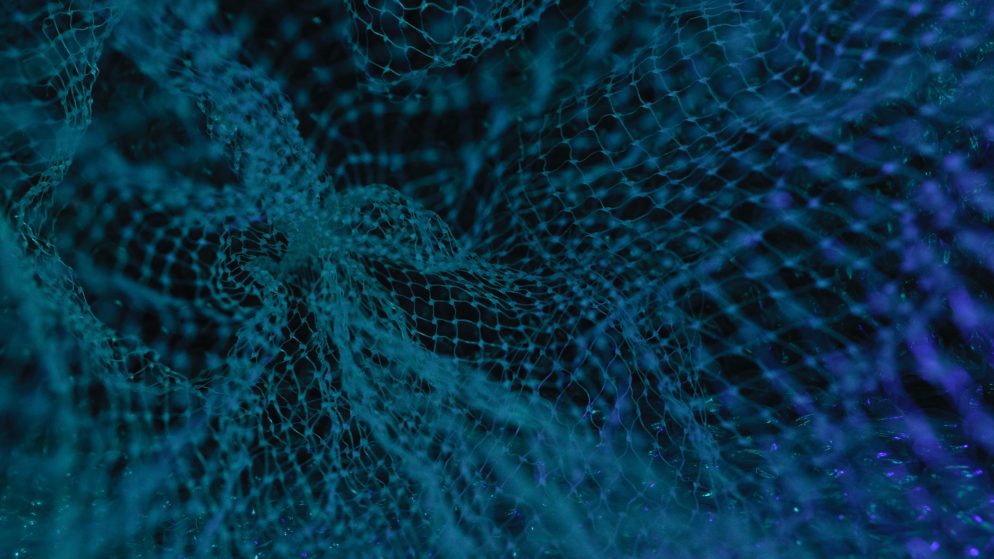

In the ever-evolving digital world, there have been significant shifts from one web iteration to another. We have seen the growth from the static web to the dynamic and interactive web. And now, the world is transitioning into Web3, which has more advanced features than its predecessor, Web2. In this article, we will explore the differences between Web2 and Web3, how they work, and their potential impact on the future of the internet.
Introduction
In the early days of the internet, Web1 was mainly used for information sharing, with static web pages and very limited interactivity. Then, with the advent of Web2, there was a shift from static web pages to dynamic web pages, which allowed for more interactivity and user engagement. With Web3, however, we see the next phase of evolution in the internet, with a focus on decentralization, blockchain, and smart contracts.
What is Web2?
Web2 is the current iteration of the internet. It is an interactive, user-centric web that enables the creation and sharing of user-generated content. Web2 is characterized by the following features:
Centralized Architecture
Web2 is based on a centralized architecture, where user data and services are hosted on servers controlled by a few large corporations. This centralized architecture means that users have limited control over their data and privacy.
User-Generated Content
Web2 enables the creation and sharing of user-generated content, such as social media posts, blogs, videos, and photos. This content is mostly created and shared on centralized platforms, such as Facebook, Twitter, Instagram, and YouTube.
Limited Interoperability
Web2 platforms are mostly siloed, meaning that they do not interact with each other. This siloed architecture makes it difficult for users to move their data and content across different platforms.
Limited Security and Privacy
Web2 platforms are prone to security breaches and data leaks, as users’ data is stored on centralized servers controlled by a few large corporations. This centralized architecture also means that users have limited control over their data and privacy.
What is Web3?
Web3 is the next iteration of the internet, which is still in its infancy. It is a decentralized, trustless web that enables peer-to-peer transactions, self-sovereign identity, and decentralized applications (dApps). Web3 is characterized by the following features:
Decentralized Architecture
Web3 is based on a decentralized architecture, where user data and services are hosted on a peer-to-peer network of nodes. This decentralized architecture means that users have full control over their data and privacy.
Blockchain Technology
Web3 is built on blockchain technology, which enables trustless transactions and smart contracts. Blockchain technology ensures that all transactions are transparent and immutable, reducing the risk of fraud and corruption.
Interoperability
Web3 platforms are designed to be interoperable, meaning that they can interact with each other seamlessly. This interoperability makes it easy for users to move their data and content across different platforms.
Security and Privacy
Web3 platforms are designed to be more secure and private than Web2 platforms. With a decentralized architecture and blockchain technology, users have full control over their data and privacy.
Differences Between Web2 And Web3
Web2 platforms, such as social media and blogging sites, are designed to allow users to create and share their own content. Users can create profiles, post updates, and engage with other users. However, this content is mostly created and shared on centralized platforms, which means that the data is stored on servers controlled by a few large corporations. This centralized architecture makes it difficult for users to control their own data and privacy, as they have to rely on these corporations to protect their information.
On the other hand, Web3 is based on a decentralized architecture, which means that user data and services are hosted on a peer-to-peer network of nodes. This decentralized architecture allows users to have full control over their data and privacy, as they can store their data on their own devices or on a decentralized network. This means that users no longer have to rely on large corporations to protect their information.
Another key difference between Web2 and Web3 is the types of applications that they support. Web2 platforms are mainly designed to support user-generated content, such as social media posts and blog articles. While these platforms are useful for sharing information and connecting with others, they have limitations when it comes to more complex applications.
Web3, on the other hand, is designed to support decentralized applications (dApps), which are built on blockchain technology. These applications are designed to be fully decentralized, meaning that they are not controlled by any single entity. Instead, they are powered by a network of nodes that work together to validate transactions and maintain the network.
One of the benefits of dApps is that they can be used for a wide range of applications, from finance and insurance to gaming and social media. Because they are decentralized, they are also more secure and transparent than traditional Web2 applications. Transactions on a blockchain are validated by the network, which means that they are tamper-proof and cannot be altered after they have been recorded.
Conclusion
In conclusion, Web2 and Web3 represent two different phases in the evolution of the internet. While Web2 is based on a centralized architecture and mainly supports user-generated content, Web3 is based on a decentralized architecture and supports a wide range of decentralized applications. As we continue to move towards a more decentralized internet, it is likely that we will see more and more applications being built on Web3 platforms.













